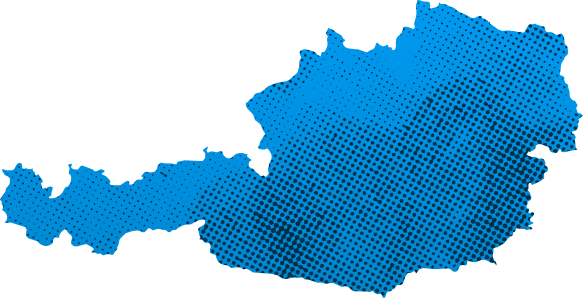
Volunteer statistics (ILO)*
Source: ILOSTATS. The data is collected by ILO from national statistical offices. As national statistics on volunteer work are produced using a variety of approaches and tools, direct and cross-country comparisons are not recommended. For more information, visit https://ilostat.ilo.org/topics/volunteer-work/
Total volunteering by gender
Direct volunteering by gender
Organization-based volunteering by gender
Measurement work
Data source
- 2007
- 2008
- 2009
- 2010
-
2011
- Time Use Survey
- 2012
- 2013
- 2014
-
2015
- Social Survey
- 2016
- 2017
- 2018
- 2019
- 2020
- 2021
- 2022
- 2023
- 2024
- 2025
Laws, Policies, Schemes on Volunteering
Does the country have a piece of legislation on volunteering?
Does the country have a national policy, scheme, plan or strategy specific to volunteering?
No data
Does the country have a sectoral and cross-sectoral policy, scheme, plan or strategy that mentions volunteering?
NoVNR Reporting
Austria and the 2030 Agenda Voluntary National Review
View sourceReporting positive contribution of volunteering to the SDGs
Paragraph 1, page 19
In all areas, the active involvement of all actors at all levels is crucial in the implementation of the SDGs. Austria has a long tradition of voluntary engagement. Forty-six percent of the population aged 15 and older are engaged in voluntary activities domestically and abroad. Promoting voluntary engagement in Austria is considered vital because the country owes its high degree of social cohesion and mutual support to the great commitment of civil society. Since the adoption of the Law on the Promotion of Voluntary Engagement in 2012, assistance measures have been continually taken within the framework of the Austrian Voluntary Council.
Paragraph 2, page 103
It is essential that all actors at all levels be involved in the implementation of the SDGs in Austria. Civil society has a special role in this context. People in Austria are traditionally heavily engaged in NGOs and associations focusing on topics like environmental protection, education, social issues, and health and disaster management. Organisations of this type are vital to the implementation of the SDGs. The Federal Government will therefore continue special support to ensure that conditions conducive to engagement by volunteers and civil society are in place.
No mentionAustria and the 2030 Agenda - 2nd Austrian Voluntary National Review on the Implementation of the 2030 Agenda and the SDGs
View sourceReporting positive contribution of volunteering to the SDGs
Paragraph 1, page 46
Volunteer partnership Tyrol: The “Tyrol Volunteer Partnership” was initiated to strengthen volunteering in the province of Tyrol. A province-wide network of eleven volunteer centres provides help and advice to institutions, associations and interested parties and can therefore respond well to regional needs. The “Tyrol Volunteer Partnership” focuses its volunteering activities on social and ecological goals – in other words, sustainability in the broadest sense. Climate change, societal changes and demographic development pose challenges for regions. Projects in the social, nature and sustainability sectors, to strengthen e. g. the circular economy, biodiversity and second-life initiatives, are intended to encourage interested parties to get involved. The range of tasks is broad. The initiative places volunteers, initiates projects, raises awareness and provides information in the form of numerous events (“Volunteer Days”).
Paragraph 2, page 99
Developing sustainable business models – the role of social enterprises. Non-profit organisations make a relevant contribution to economic value creation (4% of GDP, 6% of employees work in non-profit organisations (NPOs), 31% of the population volunteer in an organisation). Challenges are the dependence on donations or funding and, in some cases, lower wages than in the private sector. Austria recognises the value of these organisations for society and offers funding opportunities for projects.
Paragraph 3, page 239
BirdLife Austria’s Breeding Bird Atlas In January 2024, the bird conservation organisation “BirdLife Austria” presented the most up-to-date and comprehensive source of information on the occurrence of breeding birds in Austria and changes in their distribution in the form of the Breeding Bird Atlas. This standard work of ornithology was created with the help of 2,300 volunteer mappers (“Citizen Scientists”) and in cooperation with the Austrian Federal Forests and the Ministry of Climate Action. It contains 2.1 million data records, detailed maps and illustrations and information on 235 domestic breeding bird species.
No mention